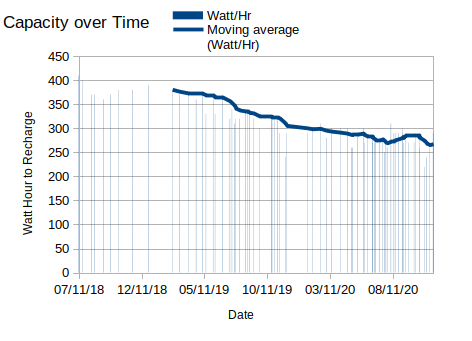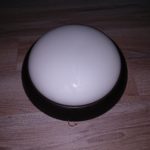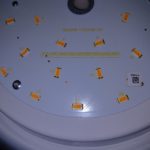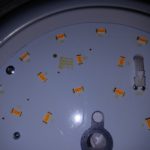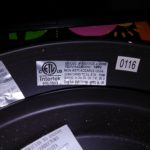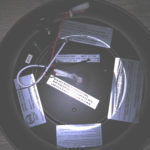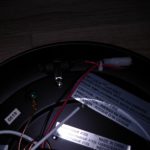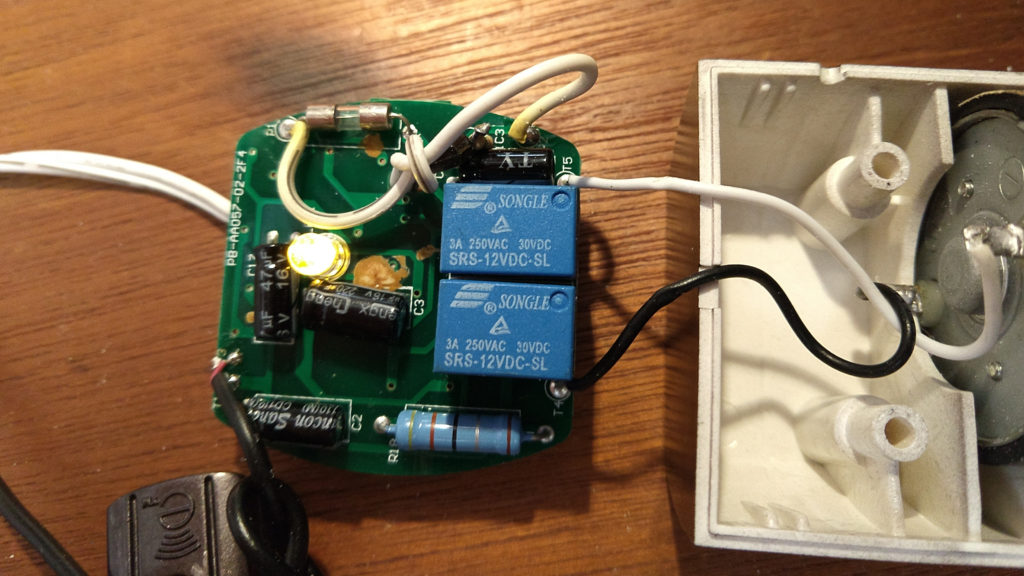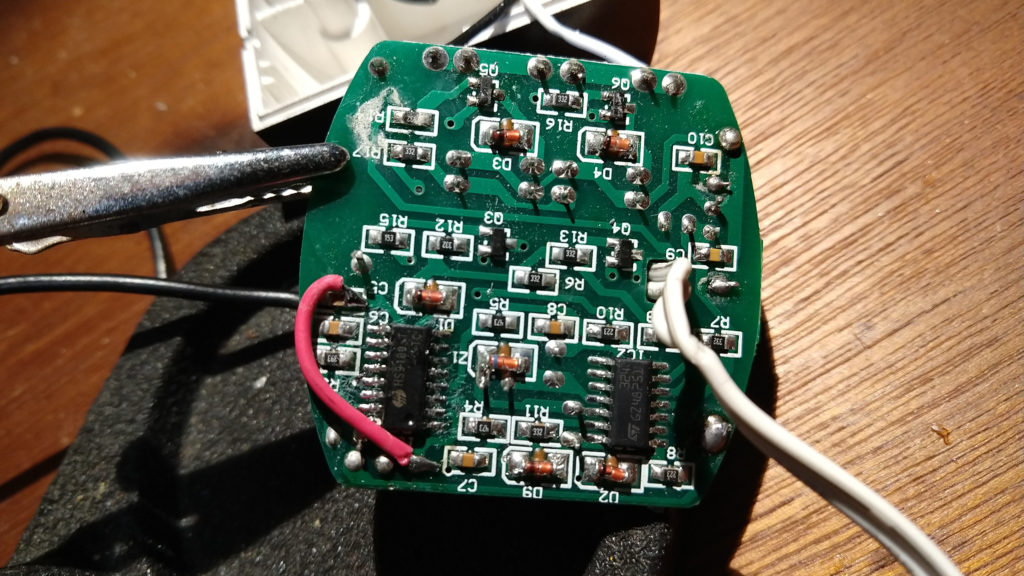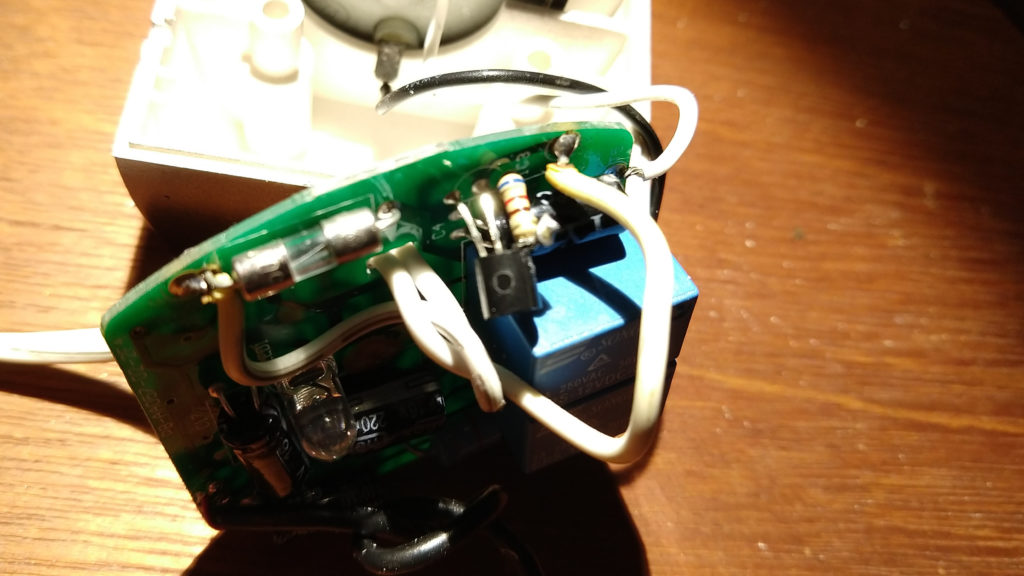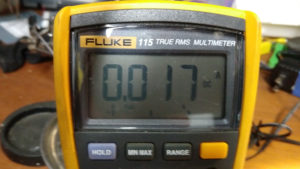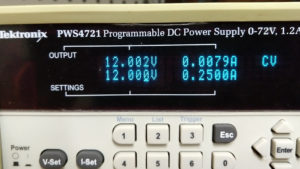My Ego 21″ self propelled electric lawnmower started on its third self propel unit failure back in June of 2019. For those keeping track, I bought the Ego 21″ mower back in April 2017, and it’s self propel unit failed in October of 2017 I took it to Home Depot to be repaired (which took 6 weeks) and the repaired self propel unit lasted until July of 2018. Ego customer support was nice enough to send out a replacement mower that time, so my downtime was only 10-15 days, and I was hopeful that the replacement mower might have a better self propel unit in it. Unfortunately, that one started to fail in June of 2019, so it looks like the lifespan of my self propel units are 4 months, 10 months and 11-16 months.
So, back in June 2019, the self propel unit just stopped working much like it had previously. I called Ego customer support and they offered to ship me a replacement mower. We had that all set up, but the next day I went out to push-mow the rest of my lawn, and lo-and-behold, the self propel unit had “reset” and was working again! So I called Ego back and canceled the replacement. Unfortunately, although the self propel unit had not totally failed, it had not fully recovered, and still had some issues that got gradually worse over time. Specifically, the top speed was reduced, and over the next several months, the power and top speed appeared to keep dropping. Eventually it got to a point where it would not propel the mower up a slight hill without me assisting. Eventually, in January of 2020, the self propel unit failed completely, and did not “reset” itself.
Ego shipped me a replacement mower and I shipped the bad mower (my 2nd) to them, so I am now on my 3rd Ego mower (and year 3 of my 5 year warranty). However, for the first time in 3 self-propel failures the SP unit is different! The new mower (manufacture date October 2019) has a different style of self propel unit when compared to the three units that had failed on it in the past. The old unit had a gearbox on the drive shaft and the motor body stuck upwards at a 90 degree angle. The new unit has the motor body above but parallel (horizontal) to the drive shaft. I don’t know if the old unit had a fan, but the new unit has a fan clearly visible.
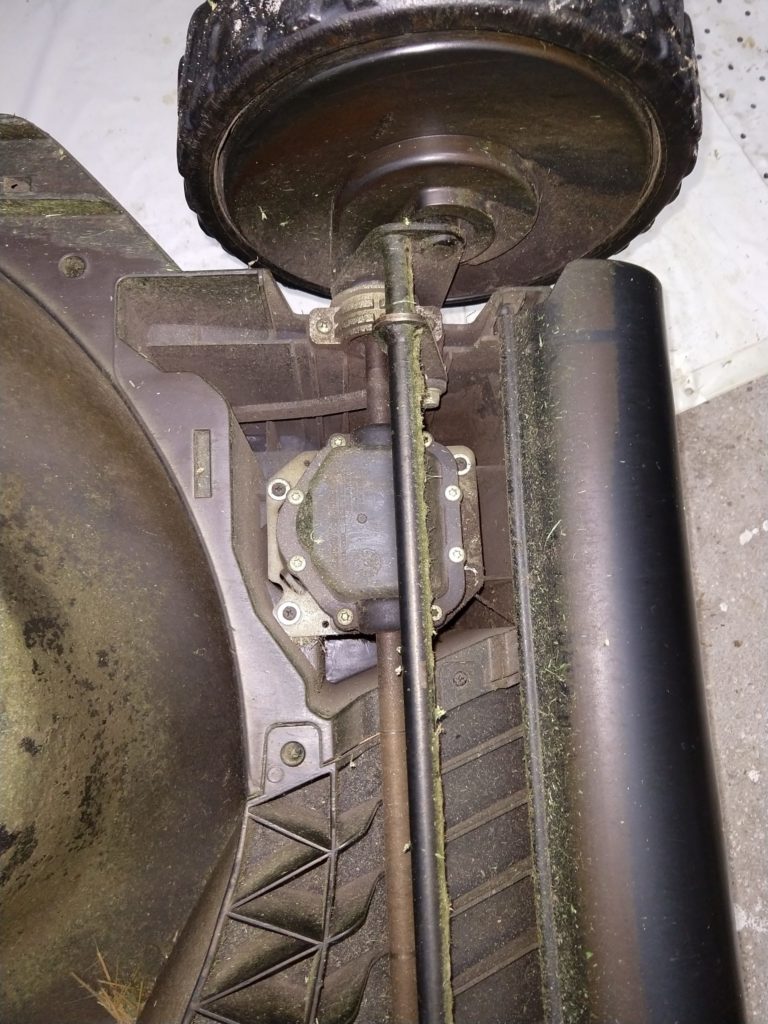
Older Self Propel Unit
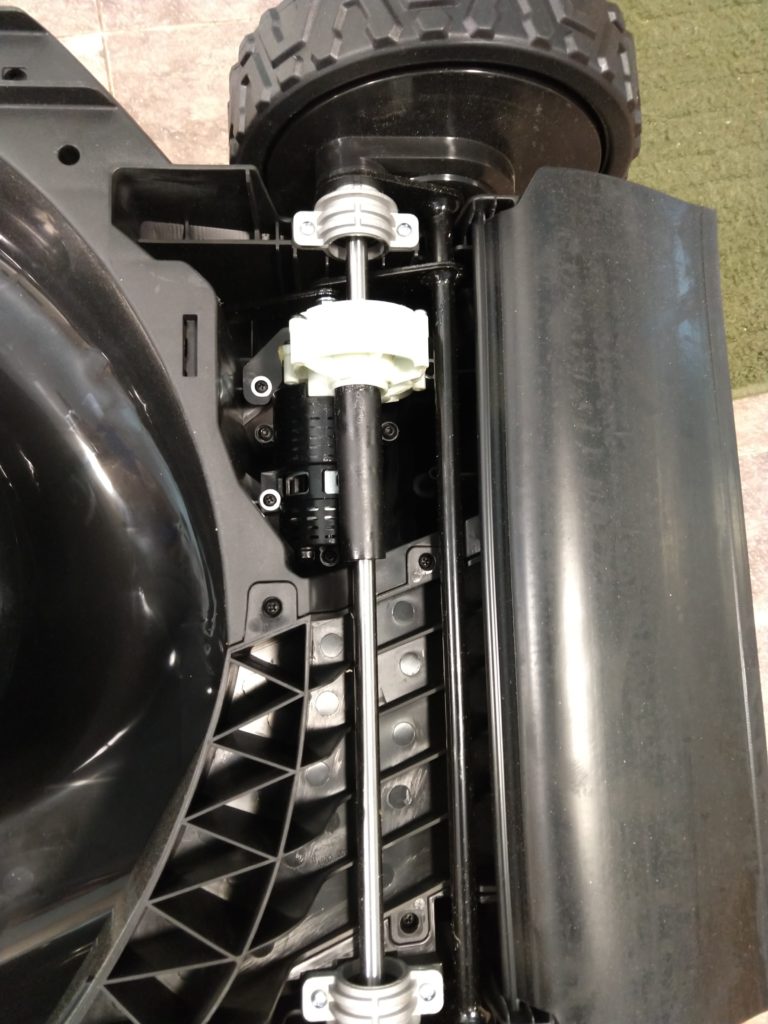
New Self Propel Unit
Objectively, the new self propel drive unit doesn’t look as impressive as the older unit, but given the number of failures I have had with the old style, I’m excited to have something change (and hopefully improve). From a performance standpoint, the new self propel unit works just as well as the old style, so there is no loss in performance. I just hope that it will have more longevity than the older units.
I suspect that the size of my yard (which is large enough that it takes me two 7.5 AH batteries to mow it in the fall/winter, and up to four 7.5 AH battery charges in the heat of summer) may be the reason the self propel unit’s are failing. I suspect I’m putting a lot more “miles” on the SP unit than most Ego owners, plus they seem to be failing in the heat of the summer. I’m not sure if that is due to heat related problems, or if it’s due to the grass growing more in the summer.

